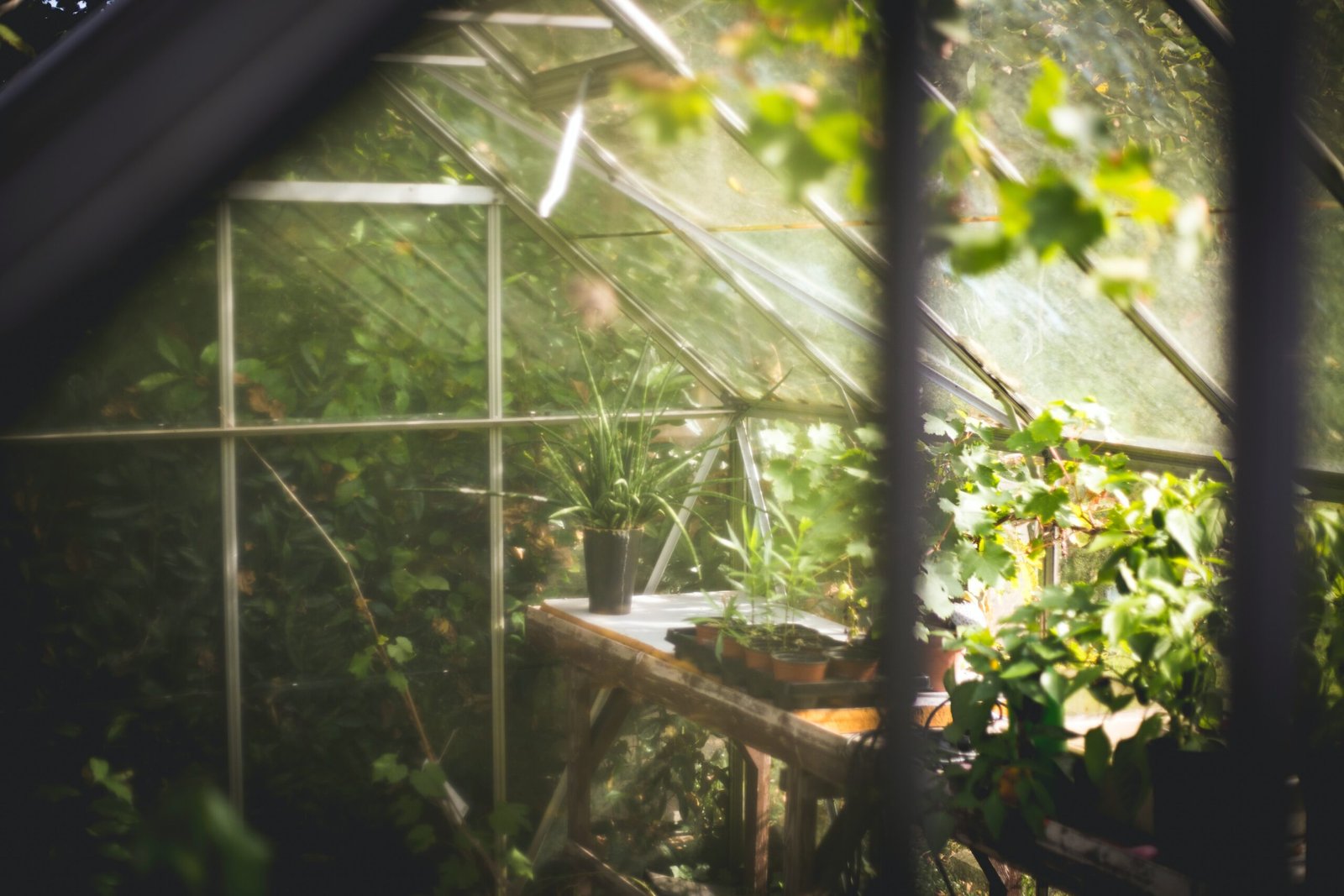A Berry Good Guide: Growing Bare Root Strawberries in a Greenhouse

Introduction
Strawberries are the sweet and juicy jewels of the fruit world. And what better way to enjoy an abundance of these delectable treats than by growing them in your very own greenhouse? In this guide, we’ll show you how to grow bare root strawberries in a greenhouse, so you can have a bountiful harvest all year round.
Step 1: Prepare the Soil
Before you start planting your bare root strawberries, it’s essential to prepare the soil. Strawberries thrive in well-drained soil that is rich in organic matter. Mix some compost or well-rotted manure into the soil to improve its fertility and drainage. This will provide your strawberries with the nutrients they need to grow and flourish.
Step 2: Choose the Right Variety
When it comes to choosing the right variety of bare root strawberries for your greenhouse, there are plenty of options to consider. Some popular varieties include ‘Albion,’ and ‘Seascape’. These varieties are known for their excellent flavor, high yield, and disease resistance. Both of these varieties are also what are called Day Neutral strawberries. This means they will fruit all summer long, instead of just once, like June bearing strawberries. Select a variety that suits your taste preferences and growing conditions, and the best way to find that variety is trying a couple out!
Step 3: Planting the Bare Root Strawberries
Once you have prepared the soil and selected the right variety, it’s time to plant your bare root strawberries. Gently soak the roots in water for about an hour before planting to rehydrate them. If you are planting in the soil of the greenhouse, dig a hole large enough to accommodate the roots and place the strawberry plant in the hole, making sure the crown is level with the soil surface. Space the plants about 12-18 inches apart to allow for proper air circulation. A good strategy here is to lay a line of white plastic, and plant the crowns into small holes in the plastic. This will help tremendously with weed pressure moving forward. If you’ve decided to move the plants up a level onto benches or tables, to save on the ol’ back, this strategy works excellent as well. Make sure to select a well drained soil that isn’t too rich. Most potting soils will be almost too fertile for strawberries. Ideally, we want a soil that trends more acidic (ph around 5 – 5.5).
Step 4: Provide Adequate Light and Temperature
Strawberries love sunlight, so make sure your greenhouse provides them with at least 6-8 hours of direct sunlight each day. If natural light is limited, you can supplement it with artificial grow lights. Maintain a temperature range of 60-75°F (15-24°C) during the day and slightly cooler temperatures at night. This will help your strawberries thrive and produce an abundance of tasty fruit.
Step 5: Water and Fertilize
Proper watering is crucial for the success of your bare root strawberries. Keep the soil consistently moist but not waterlogged. Avoid overhead watering, as it can lead to fungal diseases. Instead, water at the base of the plants to keep the leaves dry. Fertilize your strawberries with a balanced organic fertilizer every 4-6 weeks to provide them with the nutrients they need for healthy growth.
Step 6: Control Pests and Diseases
Like any other plant, strawberries are susceptible to pests and diseases. Keep a close eye on your plants and take immediate action if you notice any signs of trouble. Use organic pest control methods such as handpicking pests or introducing beneficial insects like ladybugs. Proper ventilation and spacing between plants can also help prevent the spread of diseases.
Step 7: Harvest and Enjoy
After patiently caring for your bare root strawberries, the time will finally come to harvest the fruits of your labor. Strawberries are typically ready to be picked when they are fully red and firm. Gently twist the berries off the plant, being careful not to damage the delicate stems. Enjoy the fruits of your labor fresh from the greenhouse, or use them in delicious recipes like strawberry shortcake or homemade jam.
Conclusion
Growing bare root strawberries in a greenhouse is a rewarding endeavor that allows you to enjoy the taste of summer all year round. By following these steps and providing your strawberries with the right conditions, you’ll be well on your way to a bumper crop of juicy, flavorful berries. So, roll up your sleeves, put on your gardening gloves, and get ready to savor the sweet rewards of your greenhouse strawberry patch!
